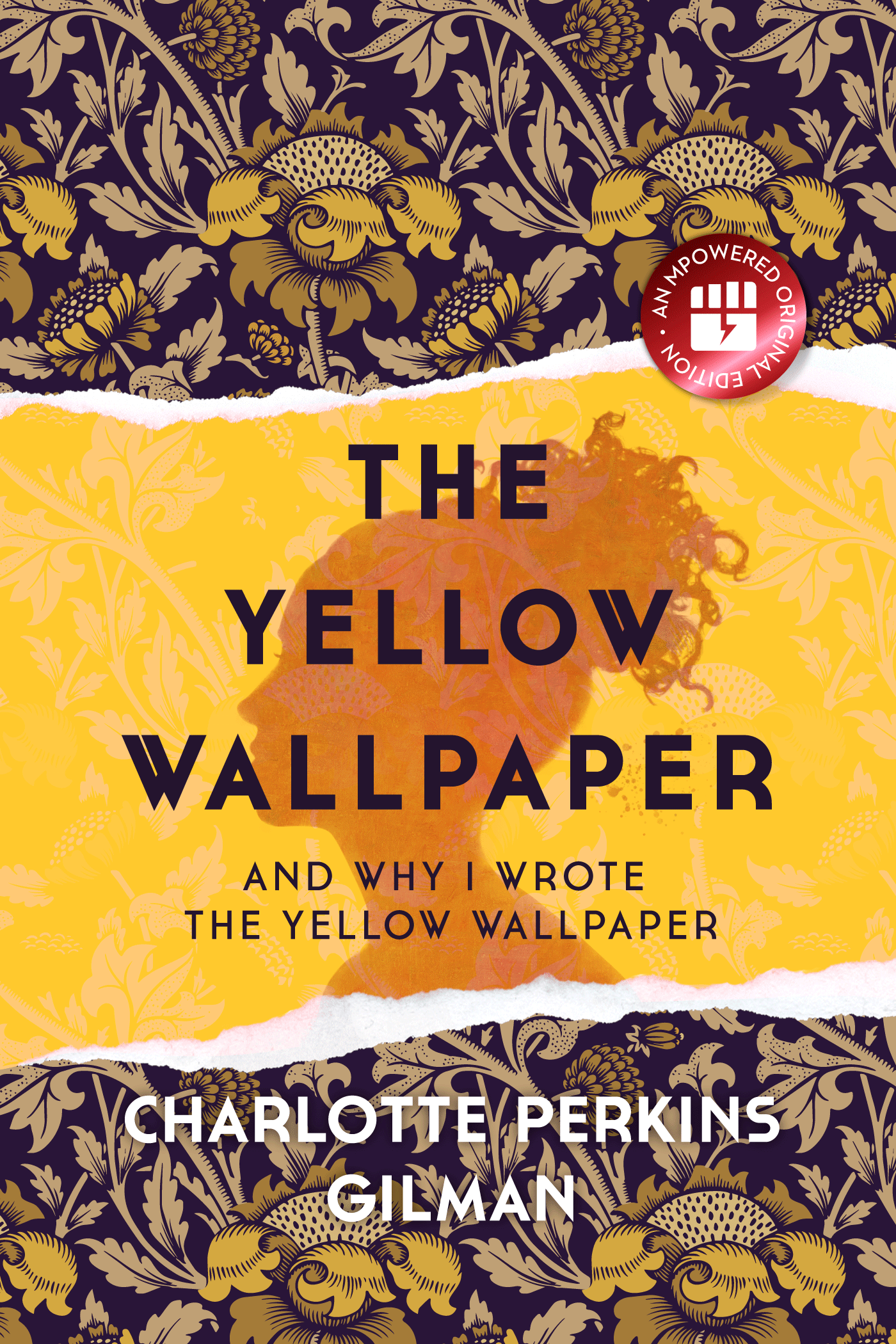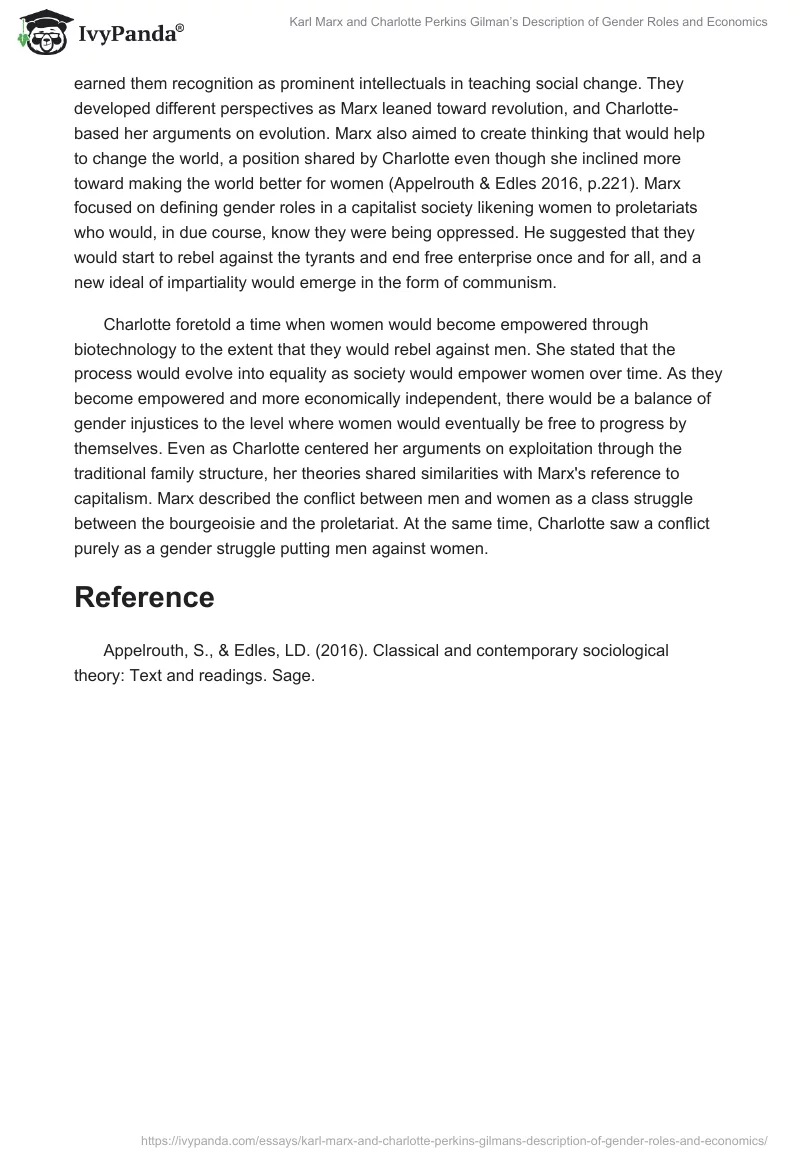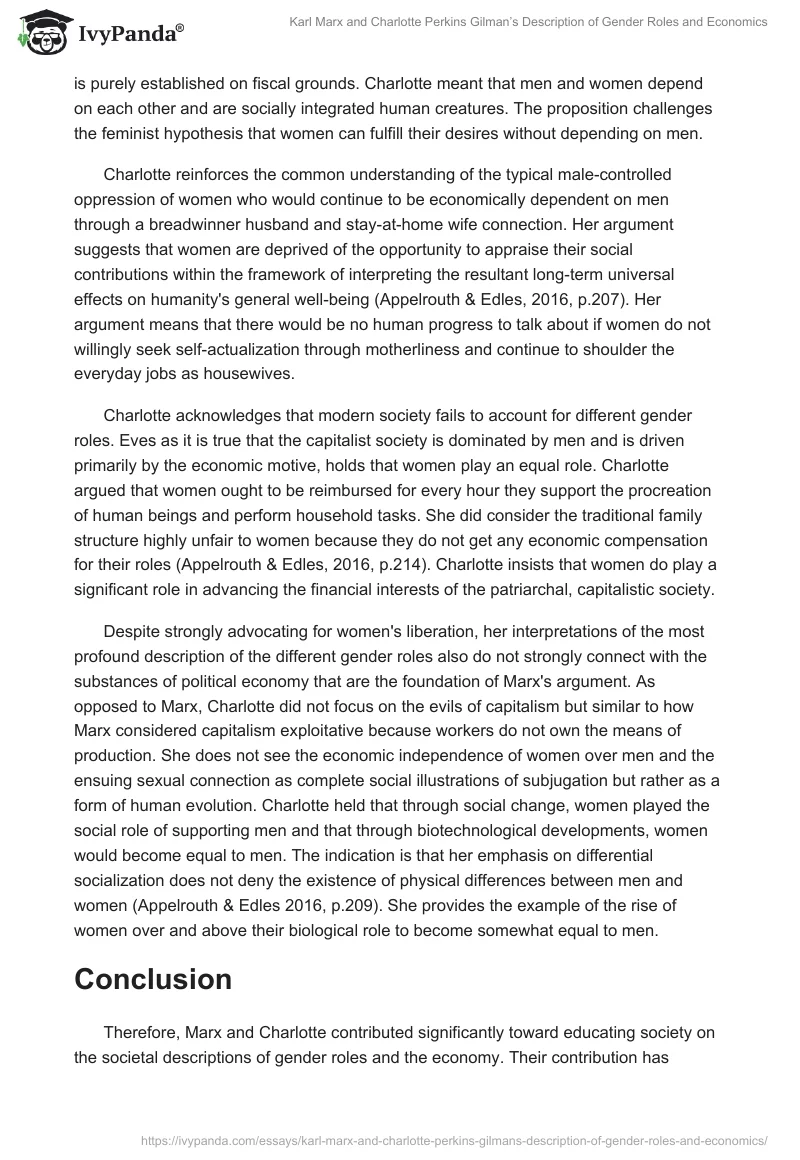Trapped Throughout the Partitions: Gender Roles and Suffocation in Charlotte Perkins Gilman’s "The Yellow Wallpaper"
Associated Articles: Trapped Throughout the Partitions: Gender Roles and Suffocation in Charlotte Perkins Gilman’s "The Yellow Wallpaper"
Introduction
With enthusiasm, let’s navigate by means of the intriguing matter associated to Trapped Throughout the Partitions: Gender Roles and Suffocation in Charlotte Perkins Gilman’s "The Yellow Wallpaper". Let’s weave fascinating info and provide contemporary views to the readers.
Desk of Content material
Trapped Throughout the Partitions: Gender Roles and Suffocation in Charlotte Perkins Gilman’s "The Yellow Wallpaper"

Charlotte Perkins Gilman’s "The Yellow Wallpaper" is excess of a chilling story of a girl’s descent into insanity; it is a potent indictment of the restrictive gender roles imposed upon ladies within the late nineteenth century. By means of the protagonist’s more and more fragmented narration, Gilman masterfully exposes the suffocating constraints of patriarchal society and the devastating penalties of denying ladies their autonomy and mental stimulation. The story’s energy lies not solely in its unsettling narrative but in addition in its delicate but profound critique of the medical institution’s complicity in perpetuating these oppressive norms.
The story’s central battle is inextricably linked to the protagonist’s prescribed "relaxation remedy," a remedy championed by the distinguished neurologist Silas Weir Mitchell. This remedy, removed from being restorative, is a type of social management, designed to subdue ladies deemed "hysterical" by silencing their voices and confining them to home areas. The narrator’s husband, John, a doctor who embodies the patriarchal authority of the medical career, enforces this remedy with unwavering conviction, believing that mental exercise and artistic expression will worsen her situation. His actions usually are not malicious; moderately, they stem from a deeply ingrained perception within the inherent inferiority of ladies and their restricted capability for rational thought.
The wallpaper itself turns into a potent image of the narrator’s confinement and the oppressive nature of her prescribed position. Its repetitive sample mirrors the monotonous routine imposed upon her, a routine designed to maintain her passive and docile. The narrator’s description of the wallpaper evolves all through the story, reflecting her rising psychological disintegration and her more and more determined makes an attempt to interrupt free from her confinement. Initially, she finds the wallpaper "smugly standard," a mirrored image of the societal expectations positioned upon her to adapt to the prescribed position of a submissive spouse and invalid. As her psychological state deteriorates, the wallpaper transforms in her notion, turning into a logo of her personal trapped consciousness. The creeping tendrils and the girl she ultimately sees behind the sample characterize her suppressed needs and her wrestle to reclaim her individuality.
A number of quotes from the story powerfully illustrate the suffocating influence of those restrictive gender roles:
-
"John laughs at me, after all, however one expects that in marriage." This seemingly innocuous sentence reveals the facility imbalance throughout the marriage. The narrator’s acceptance of John’s laughter as "anticipated" highlights the societal normalization of male dominance and feminine subjugation. Her laughter isn’t an indication of shared amusement however moderately a concession to the patriarchal construction that dictates their relationship.
-
"I get positively indignant with John generally. He scolds me a lot after I get irritable." This quote demonstrates the cyclical nature of oppression. The narrator’s irritability is a direct consequence of her confinement and lack of mental stimulation, but she is punished for expressing her frustration. This highlights the double bind confronted by ladies within the period: expressing emotion is deemed hysterical, but suppressing it results in additional psychological misery.
-
"I’m certain I by no means learn such fascinating and suggestive patterns." This assertion underscores the narrator’s burgeoning mental curiosity, which is straight stifled by her prescribed relaxation. The wallpaper, initially dismissed as mundane, turns into a supply of fascination and mental engagement for her, a stark distinction to the mental barrenness of her prescribed existence. This highlights the inherent connection between creativity and psychological well-being, a connection that John, in his patriarchal ignorance, fails to acknowledge.
-
"I lie right here on this nice immovable mattress – it’s nailed down, I imagine – and comply with that sample about by the hour." The outline of the mattress as "nailed down" is a robust metaphor for the narrator’s confinement. It is not simply bodily confinement; it is a symbolic illustration of the societal constraints that immobilize her. The mattress turns into a logo of her enforced passivity and her incapability to flee the prescribed position.
-
"I’ve bought out finally," stated I, "and I’m completely free." This remaining, chilling line underscores the tragic end result of the oppressive gender roles imposed upon the narrator. Her liberation comes at the price of her sanity, a stark warning in regards to the devastating penalties of denying ladies their autonomy and mental freedom. The paradox surrounding her "freedom" means that she has escaped the bodily constraints of her room however not the psychological constraints of the patriarchal society that confined her.
The medical career’s position in perpetuating these restrictive gender roles can be a big theme within the story. John, as a doctor, represents the medical institution’s patriarchal authority and its misguided strategy to ladies’s psychological well being. His prognosis and remedy are primarily based on societal prejudices moderately than on a real understanding of the narrator’s psychological wants. The "relaxation remedy," supposed to remedy "hysteria," paradoxically exacerbates her situation, highlighting the medical career’s complicity in reinforcing gender inequality.
Moreover, the story subtly critiques the societal expectation that ladies ought to prioritize domesticity and self-sacrifice above all else. The narrator’s position as a spouse and mom is introduced not as a supply of success however as a supply of constraint, additional highlighting the suffocating nature of the prescribed gender roles. Her mental aspirations and artistic impulses are suppressed in favor of her home duties, resulting in her psychological breakdown.
In conclusion, "The Yellow Wallpaper" is a robust and enduring critique of the oppressive gender roles imposed upon ladies within the late nineteenth century. By means of the narrator’s descent into insanity, Gilman exposes the devastating penalties of denying ladies their autonomy, mental stimulation, and artistic expression. The story’s enduring relevance lies in its timeless exploration of the connection between societal constraints, psychological well being, and the continuing wrestle for gender equality. The wallpaper, the mattress, the remaining remedy – all function potent symbols of the societal forces that sought to restrict and silence ladies, leaving a legacy of cautionary tales for future generations. The story’s enduring energy stems from its means to resonate with the persevering with struggles ladies face in navigating a world nonetheless grappling with the legacy of patriarchal constructions and the battle for real equality.








Closure
Thus, we hope this text has offered priceless insights into Trapped Throughout the Partitions: Gender Roles and Suffocation in Charlotte Perkins Gilman’s "The Yellow Wallpaper". We thanks for taking the time to learn this text. See you in our subsequent article!